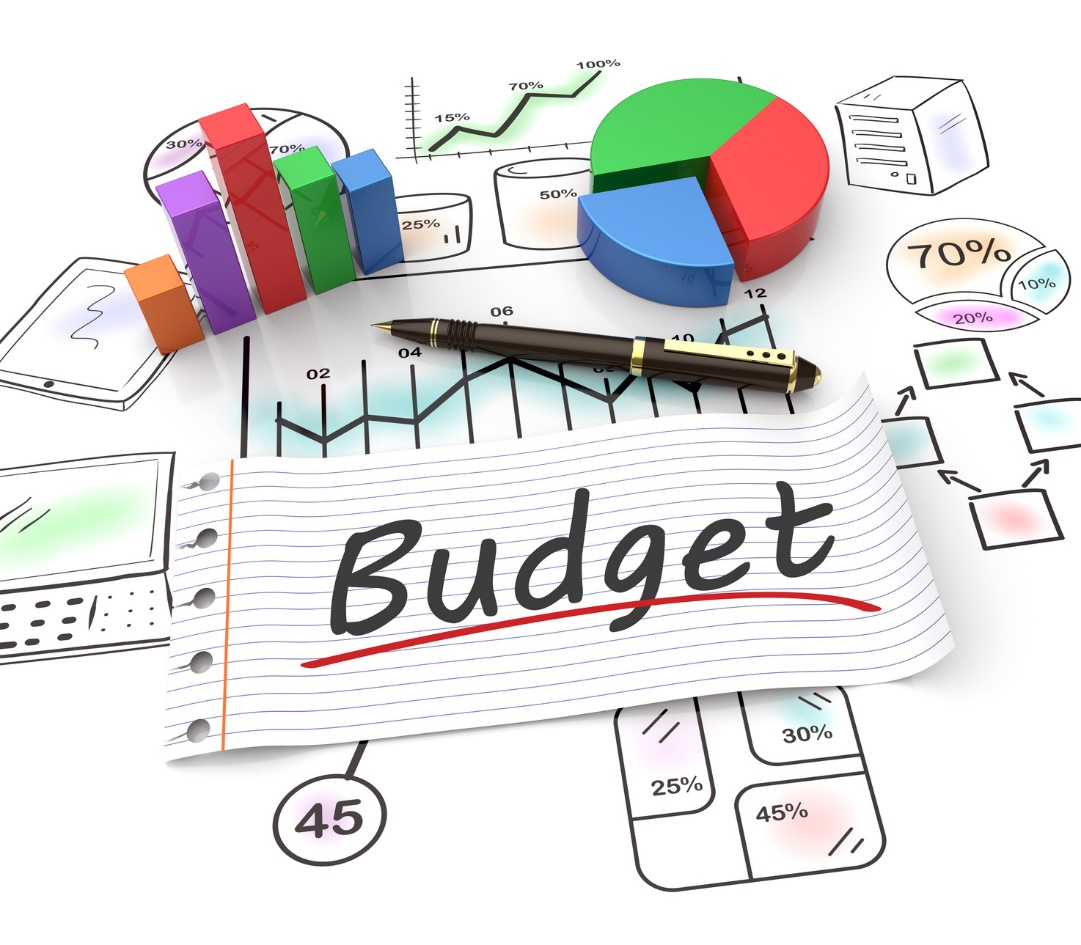
Okay, here’s a 1200-word article on budgeting reward systems, covering various aspects and considerations.
Budgeting Reward Systems: A Comprehensive Guide to Motivating Employees Within Financial Constraints
Reward systems are a cornerstone of effective human resource management, designed to incentivize desired behaviors, boost morale, and ultimately drive organizational success. However, implementing and sustaining a robust reward system requires careful planning and, crucially, a well-defined budget. This article delves into the intricacies of budgeting reward systems, exploring various types of rewards, strategies for effective budgeting, potential challenges, and best practices for maximizing impact within financial limitations.
The Importance of a Well-Budgeted Reward System
A reward system, without a budget, is like a ship without a rudder. It lacks direction and can quickly run aground. A well-budgeted reward system is essential for several reasons:
-
Financial Sustainability: The most obvious benefit is ensuring the long-term viability of the program. Overspending can lead to financial strain, forcing the organization to scale back or even eliminate the reward system, which can damage employee morale and trust.
-
Fairness and Equity: A transparent and well-defined budget allows for the equitable distribution of rewards across different departments, roles, and performance levels. This prevents perceptions of favoritism and fosters a sense of fairness among employees.
-
Strategic Alignment: The budget should reflect the organization’s strategic priorities. By allocating resources to reward behaviors that directly contribute to key goals, the reward system becomes a powerful tool for driving performance and achieving strategic objectives.
-
Measurable ROI: A budget provides a framework for tracking the return on investment (ROI) of the reward system. By monitoring the impact of rewards on key performance indicators (KPIs), organizations can assess the effectiveness of the program and make data-driven adjustments.
-
Employee Motivation: A well-communicated and consistently applied reward system, backed by a stable budget, fosters a sense of security and trust among employees. This, in turn, can lead to increased motivation, engagement, and productivity.
Types of Rewards to Consider in Your Budget
Reward systems encompass a wide range of options, each with its own cost implications. These rewards can be broadly categorized as:
-
Monetary Rewards:
- Base Salary Increases: A fundamental component of compensation, salary increases are a significant budgetary consideration.
- Bonuses: Performance-based bonuses, profit-sharing, and spot bonuses can be highly motivating but require careful budgeting to ensure affordability.
- Commissions: Common in sales roles, commissions are directly tied to revenue generation and must be factored into the budget.
- Stock Options: Offering employees the opportunity to purchase company stock at a discounted price can be a powerful long-term incentive, but it also carries financial implications.
- Profit Sharing: A plan that distributes a portion of the company’s profits to employees.
-
Non-Monetary Rewards:
- Recognition Programs: Employee of the month awards, public acknowledgements, and thank-you notes are low-cost but highly effective ways to boost morale.
- Training and Development Opportunities: Investing in employee skills and knowledge is a valuable reward that can enhance their career prospects and benefit the organization.
- Flexible Work Arrangements: Offering options such as remote work, flextime, or compressed workweeks can improve work-life balance and increase employee satisfaction.
- Additional Paid Time Off (PTO): Offering extra days off can improve employee well-being.
- Company Merchandise: Giving employees branded merchandise can increase company pride.
- Experiences: Team outings, company retreats, or tickets to events.
-
Benefits:
- Health Insurance: A crucial component of employee compensation, health insurance premiums are a significant budgetary expense.
- Retirement Plans: Matching contributions to 401(k) or other retirement plans can attract and retain top talent.
- Life Insurance: Providing life insurance coverage is a relatively low-cost benefit that can provide peace of mind for employees.
- Disability Insurance: Protecting employees against income loss due to disability is another valuable benefit.
- Wellness Programs: Subsidizing gym memberships, offering on-site fitness classes, or providing access to wellness resources can improve employee health and productivity.
Strategies for Effective Budgeting of Reward Systems
Creating a realistic and effective budget for your reward system requires a systematic approach:
-
Define Objectives: Clearly articulate the goals of the reward system. What behaviors do you want to incentivize? What outcomes do you want to achieve?
-
Analyze Current Compensation and Benefits: Conduct a thorough review of existing salary structures, benefits packages, and other forms of compensation. This will provide a baseline for determining how much additional investment is needed.
-
Identify Key Performance Indicators (KPIs): Determine the metrics that will be used to measure the success of the reward system. This will allow you to track the ROI of your investment.
-
Estimate Costs: Research the costs associated with each type of reward you are considering. Obtain quotes from vendors, consult industry benchmarks, and factor in administrative expenses.
-
Allocate Resources: Prioritize rewards based on their potential impact and affordability. Consider a mix of monetary and non-monetary rewards to maximize employee motivation while staying within budget.
-
Set Aside a Contingency Fund: Unexpected expenses can arise, so it’s prudent to allocate a contingency fund to cover unforeseen costs.
-
Communicate the Budget: Be transparent with employees about the reward system budget and how it will be allocated. This will foster trust and understanding.
-
Regularly Monitor and Evaluate: Track the performance of the reward system against your KPIs. Regularly review the budget and make adjustments as needed to ensure it remains aligned with your objectives.
-
Seek Employee Feedback: Conduct surveys or focus groups to gather employee feedback on the reward system. This will help you identify areas for improvement and ensure that the rewards are valued by employees.
Potential Challenges in Budgeting Reward Systems
Several challenges can arise when budgeting reward systems:
- Economic Downturns: Economic recessions can force organizations to cut back on reward system budgets.
- Unexpected Expenses: Unforeseen events, such as a sudden increase in healthcare costs, can strain the budget.
- Employee Turnover: High employee turnover can increase the costs associated with recruitment, training, and onboarding, potentially impacting the reward system budget.
- Lack of Data: Insufficient data on employee performance and the effectiveness of rewards can make it difficult to justify budget allocations.
- Resistance to Change: Employees may resist changes to the reward system, especially if they perceive them as unfair or detrimental.
Best Practices for Maximizing Impact Within Budgetary Constraints
- Focus on Non-Monetary Rewards: Recognition programs, training opportunities, and flexible work arrangements can be highly effective motivators without breaking the bank.
- Personalize Rewards: Tailor rewards to individual employee preferences and needs.
- Tie Rewards to Performance: Ensure that rewards are directly linked to performance and achievement of goals.
- Communicate Clearly and Frequently: Keep employees informed about the reward system and its impact on their compensation and benefits.
- Seek Employee Input: Involve employees in the design and implementation of the reward system to ensure it meets their needs and expectations.
- Leverage Technology: Use technology to automate reward administration, track performance, and communicate with employees.
- Prioritize Transparency: Openness in reward criteria and how the budget is spent will increase trust.
Conclusion
Budgeting reward systems is a critical aspect of effective human resource management. By carefully planning and allocating resources, organizations can create reward systems that motivate employees, drive performance, and achieve strategic objectives, all while staying within financial constraints. By embracing a strategic approach, prioritizing employee needs, and continuously monitoring and evaluating the system, organizations can maximize the impact of their reward programs and create a positive and productive work environment. Remember that a successful reward system is not just about spending money; it’s about investing in your employees and creating a culture of recognition and appreciation.



